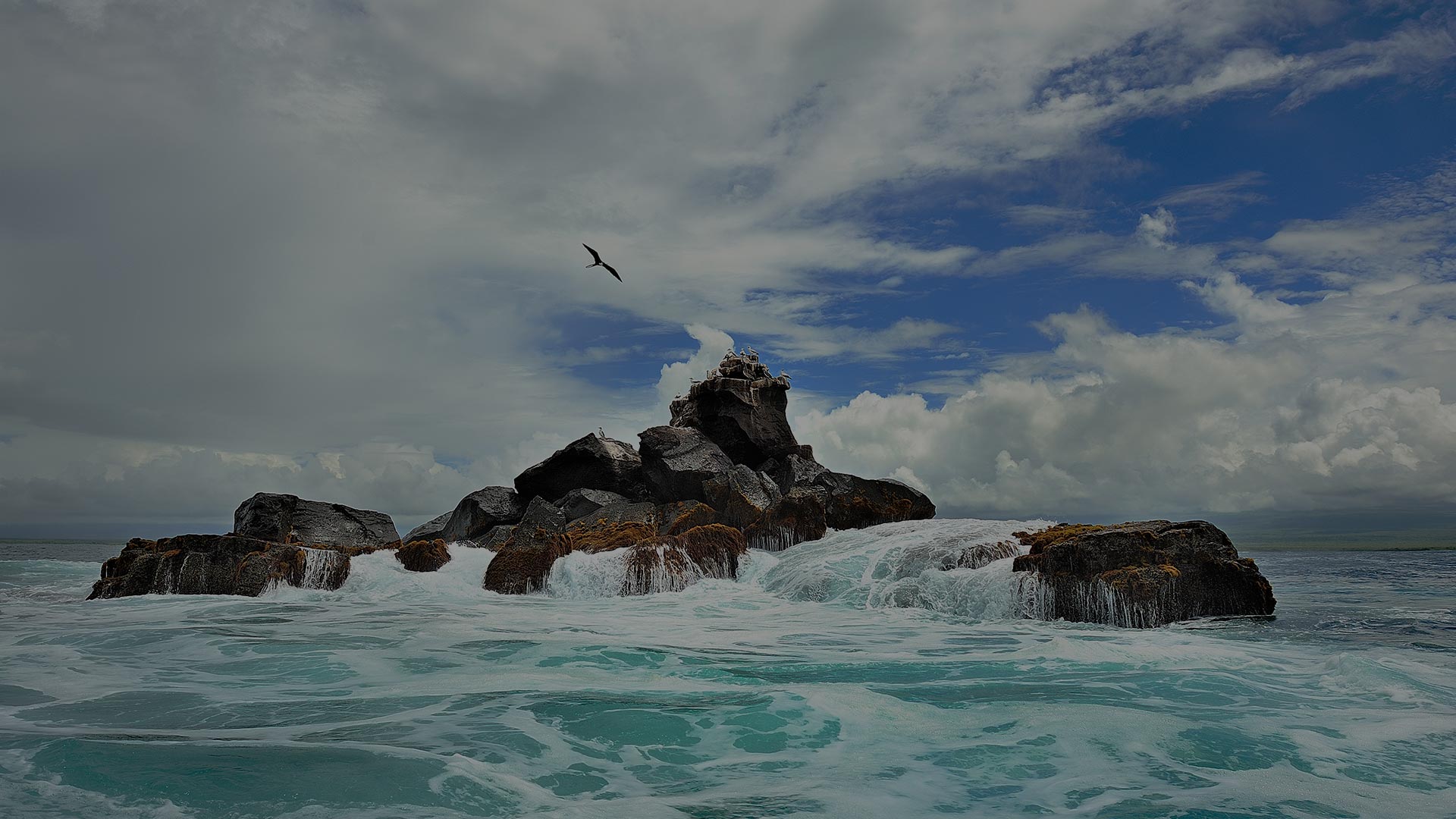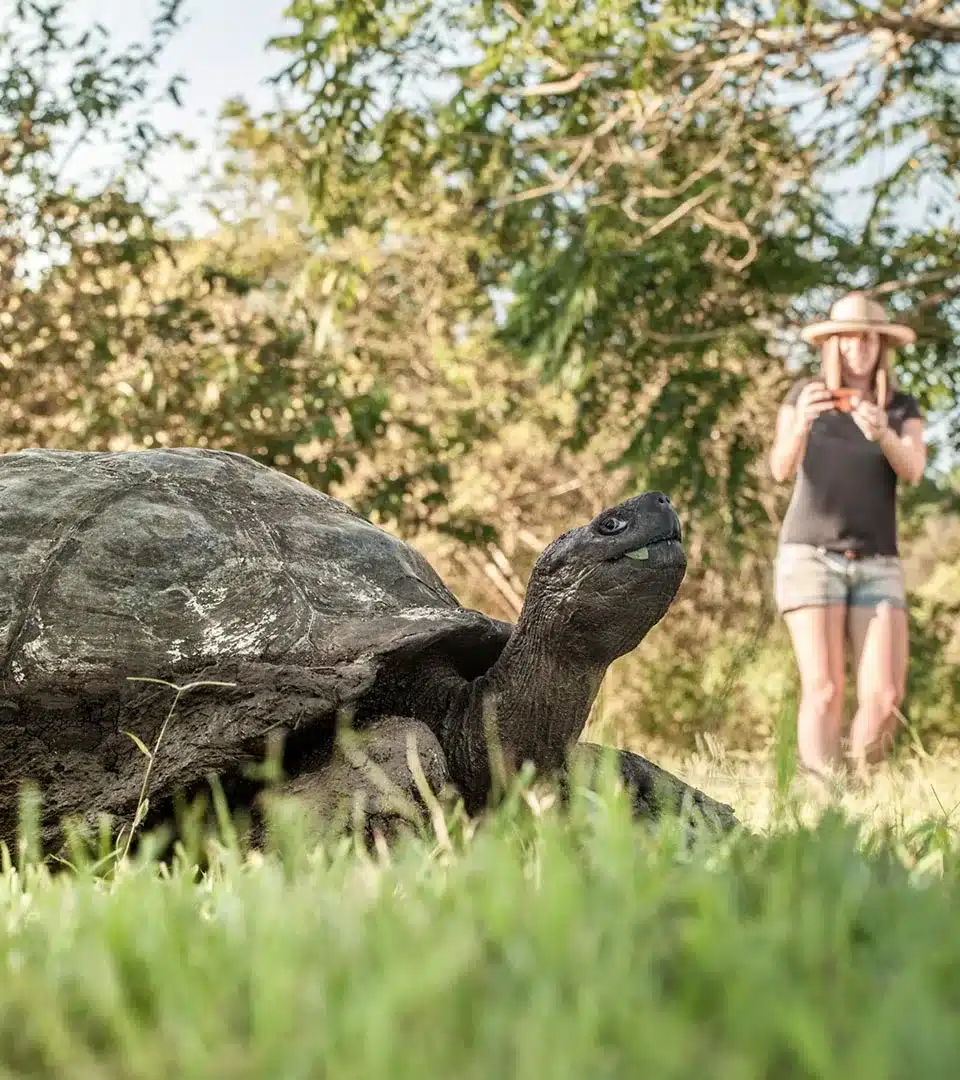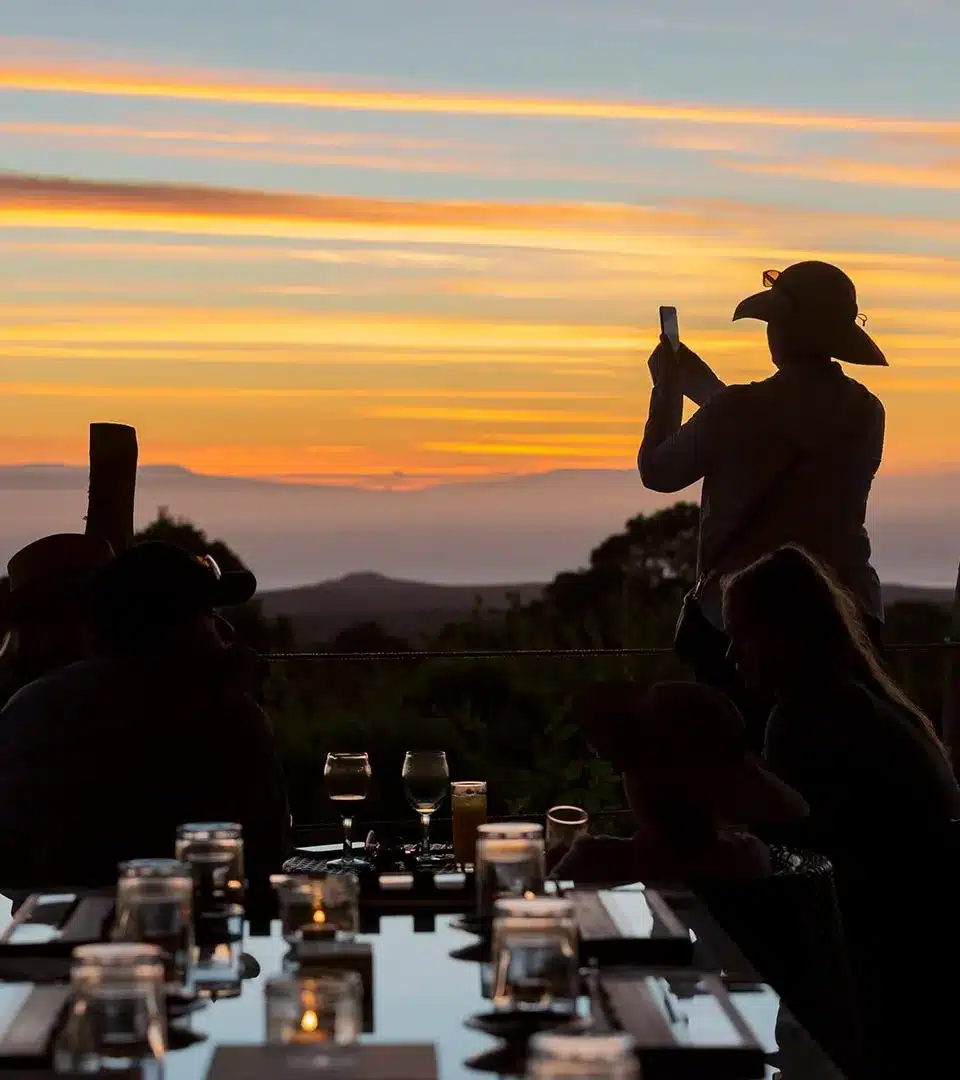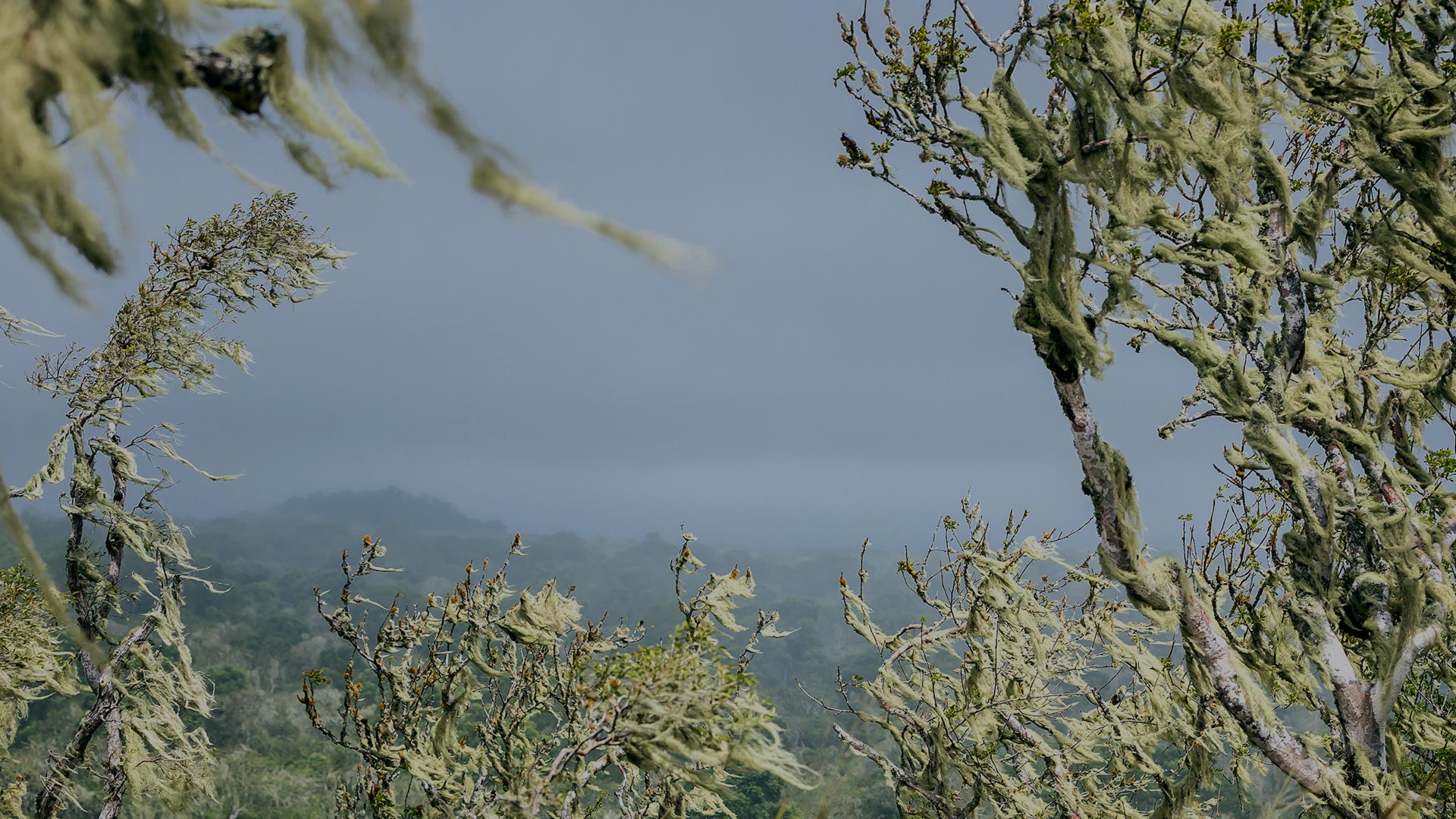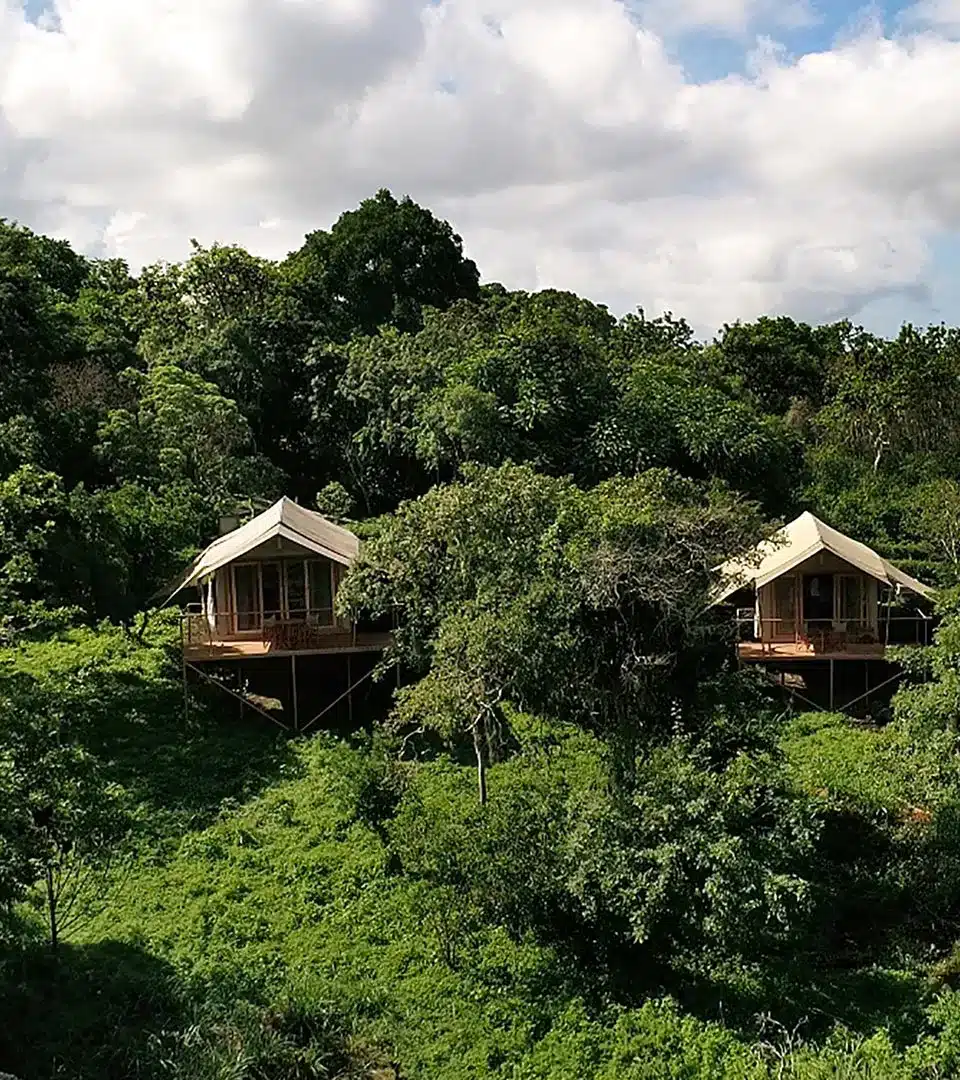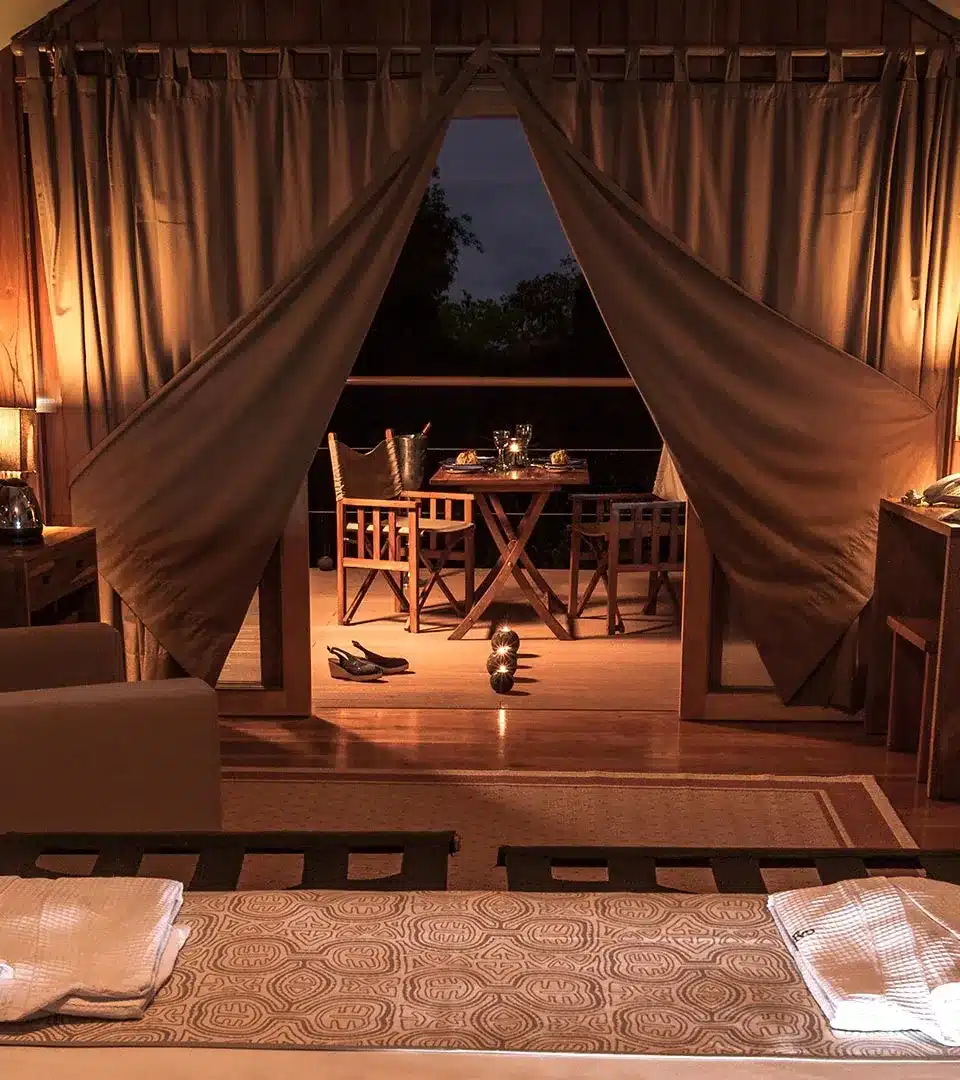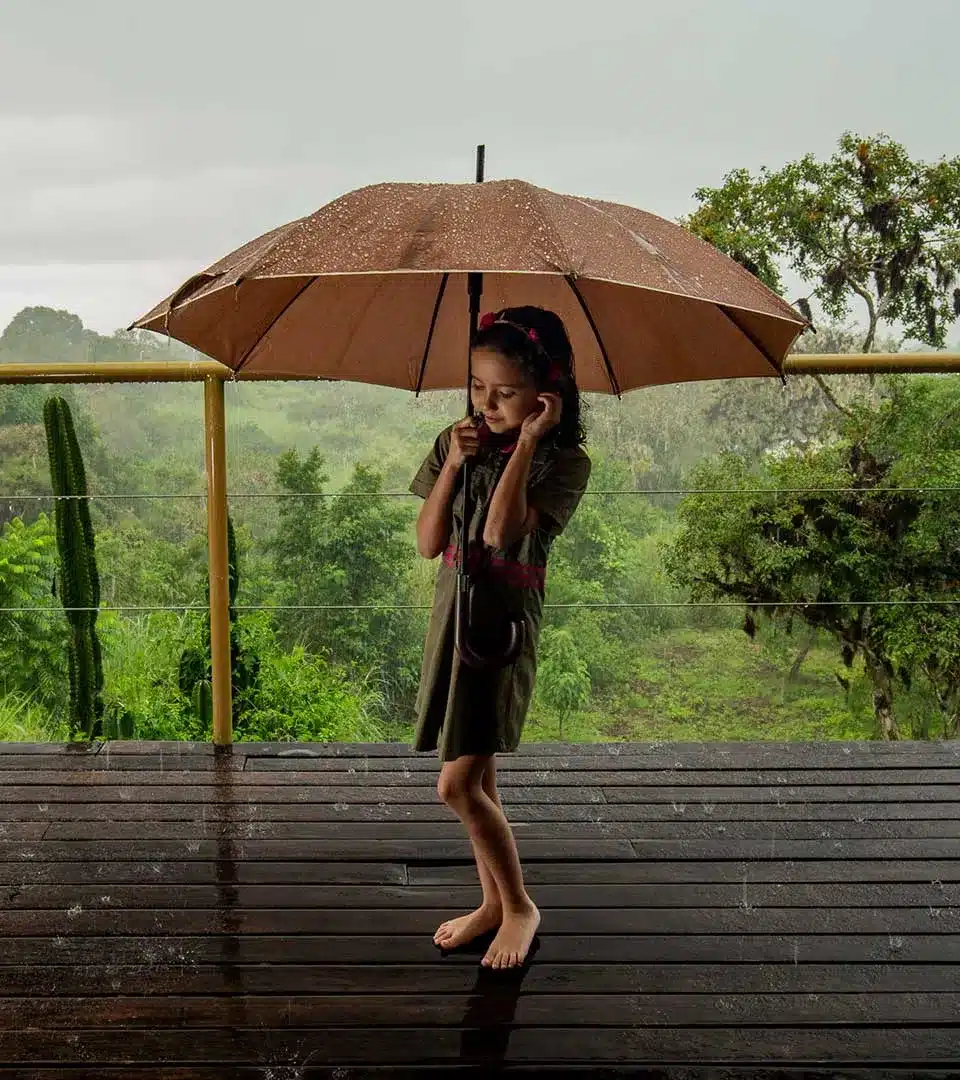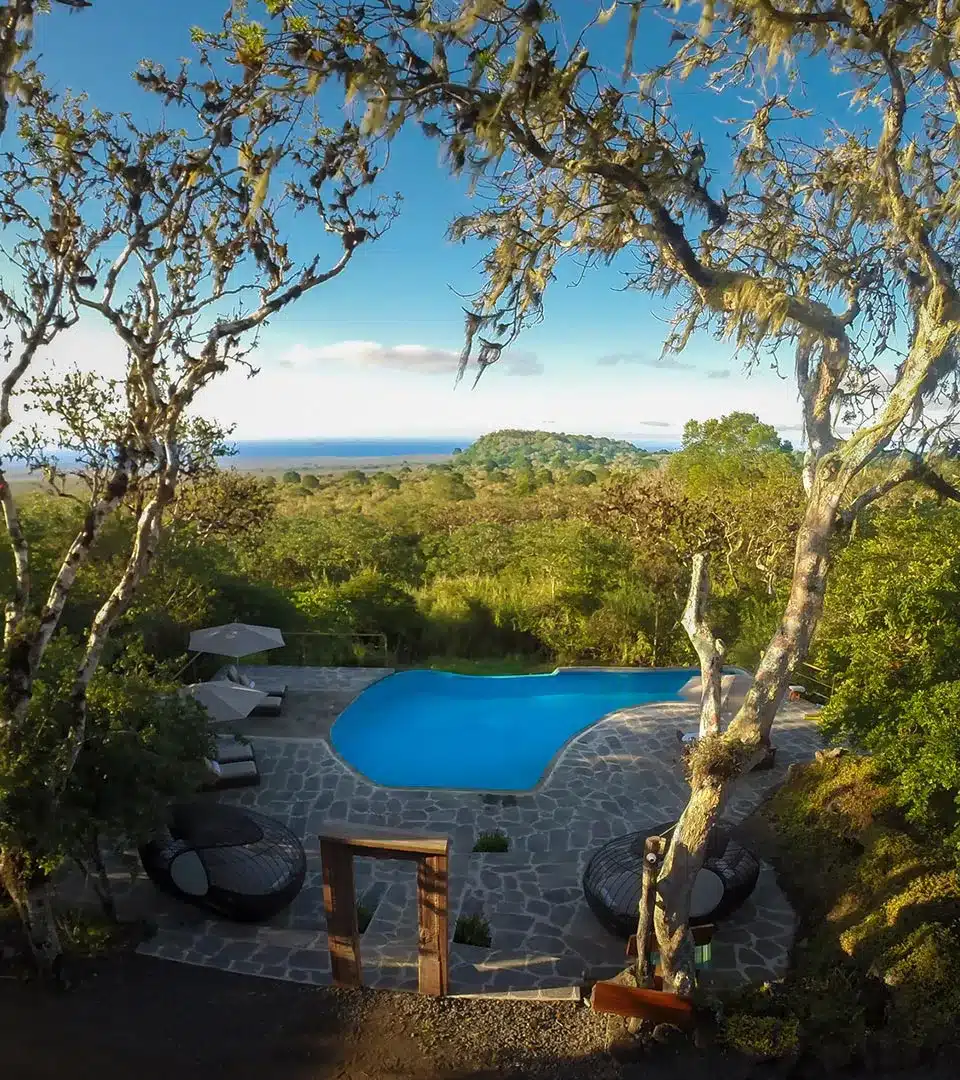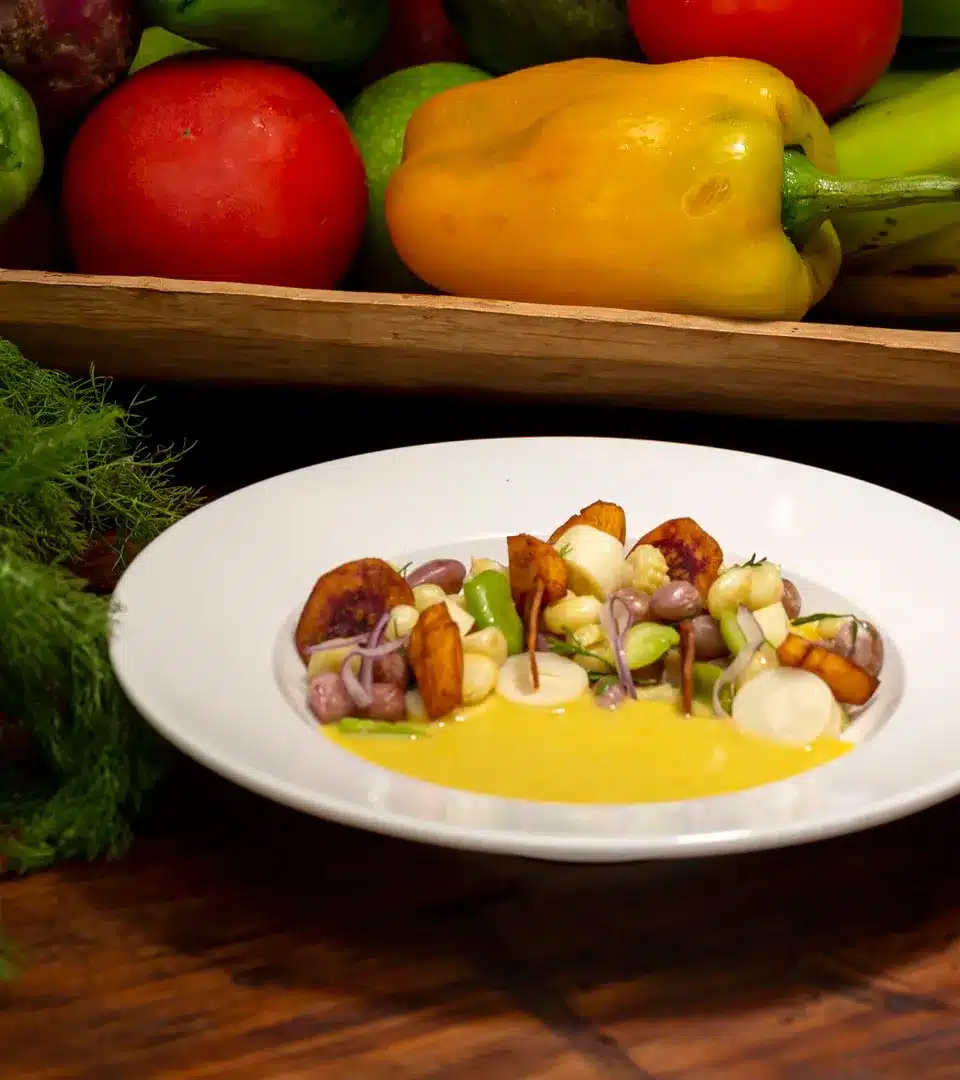Challenging perceptions of luxury
The interpretation of luxury travel can vary greatly. For many, it conjures images of opulence and extravagance – Italian marble bathrooms, oversized plasma screens, and sipping chilled Champagne in a bubbling jacuzzi tub.
Undoubtedly, these urban luxuries have their place in the world. Airport hotels would be pretty miserable without high-speed internet and cable tv, and it would be a missed opportunity to visit the French province of Champagne without indulging in a glass or two of their finest bubbly.
In the Galapagos Islands, however, such luxuries not only feel out of place but inappropriate. This is a fragile environment which calls for limits, respect and good old-fashioned common sense.
